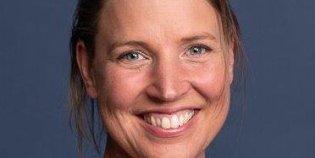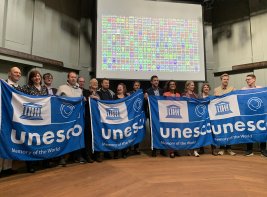Digital heritage doesn’t yet grip us in the same way as its physical counterpart. Why is that and what can we do about it? We discussed this with Elsbeth Kwant, Strategic Advisor at the KB.
What kind of research does this involve?
“The matter of emotionally impactful digital heritage merges two fields of research. First, there is the immersive technology side of things, which focuses on what is technically feasible and what people are looking for. The TRANSMIXR project is one of the projects exploring immersive digital heritage. Then there is the issue of impact research. Things can have an intellectual or social impact, but an emotional impact is an entirely different beast. The user survey revealed how the experience of heritage has the ability to move people, so the aim is to achieve the same with digital heritage.”
Why does this matter?
“This work will contribute to the emancipation of the digital domain. In 2021, Facebook announced the Metaverse, a 3D digital world in which users can interact. It has thus far not lived up to its promise but I believe the next iteration of the internet is on the horizon. Instead of peering at screens, this will involve a more natural way of using the internet in which you can use all your senses. We can learn a lot by developing this ourselves. Digital heritage is now often seen as a pale imitation of physical heritage but there is no inherent reason why this should be the case.
The KB already distinguishes between digitised collections and its born digital collections, having learned from a common phenomenon in novel technologies known as the horseless carriage syndrome: early cars initially resembled carriages before developing their own distinct identity later.”
What role does the KB play in these developments?
“We learn along with our partners but the KB is also a supporting party whose research agenda funds several initiatives. As such, we are also answering the question of how to develop more impact around sustainable development goals, enabling us to tell a good story when the time comes to write the next policy plan.”
What is the next step?
On Tuesday 21 May, the KB organised an afternoon called Why digital heritage does not make us cry yet. This afternoon was aimed at heritage professionals, researchers and students, and technology companies. There is a clear demand for digital heritage that can deliver an emotional charge. We will investigate together how we can tackle this challenge.



